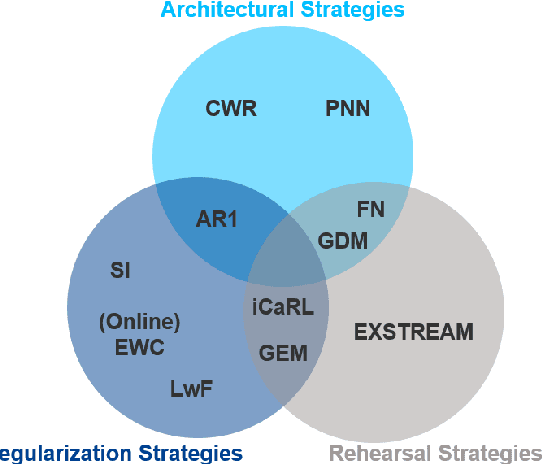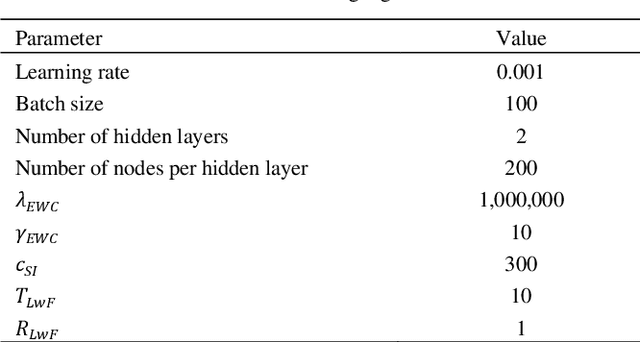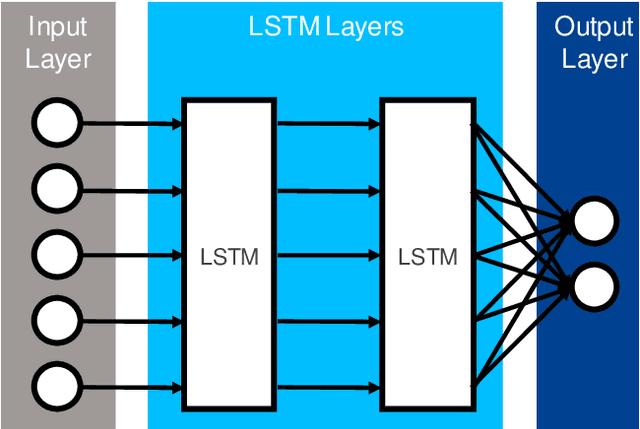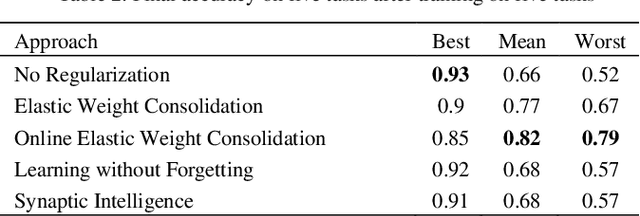Regularization-based Continual Learning for Anomaly Detection in Discrete Manufacturing
Paper and Code
Jan 02, 2021



The early and robust detection of anomalies occurring in discrete manufacturing processes allows operators to prevent harm, e.g. defects in production machinery or products. While current approaches for data-driven anomaly detection provide good results on the exact processes they were trained on, they often lack the ability to flexibly adapt to changes, e.g. in products. Continual learning promises such flexibility, allowing for an automatic adaption of previously learnt knowledge to new tasks. Therefore, this article discusses different continual learning approaches from the group of regularization strategies, which are implemented, evaluated and compared based on a real industrial metal forming dataset.
* 6 pages, 5 figures, 3 tables, submitted to the CIRP Conference on
Manufacturing Systems 2021
 Add to Chrome
Add to Chrome Add to Firefox
Add to Firefox Add to Edge
Add to Edge